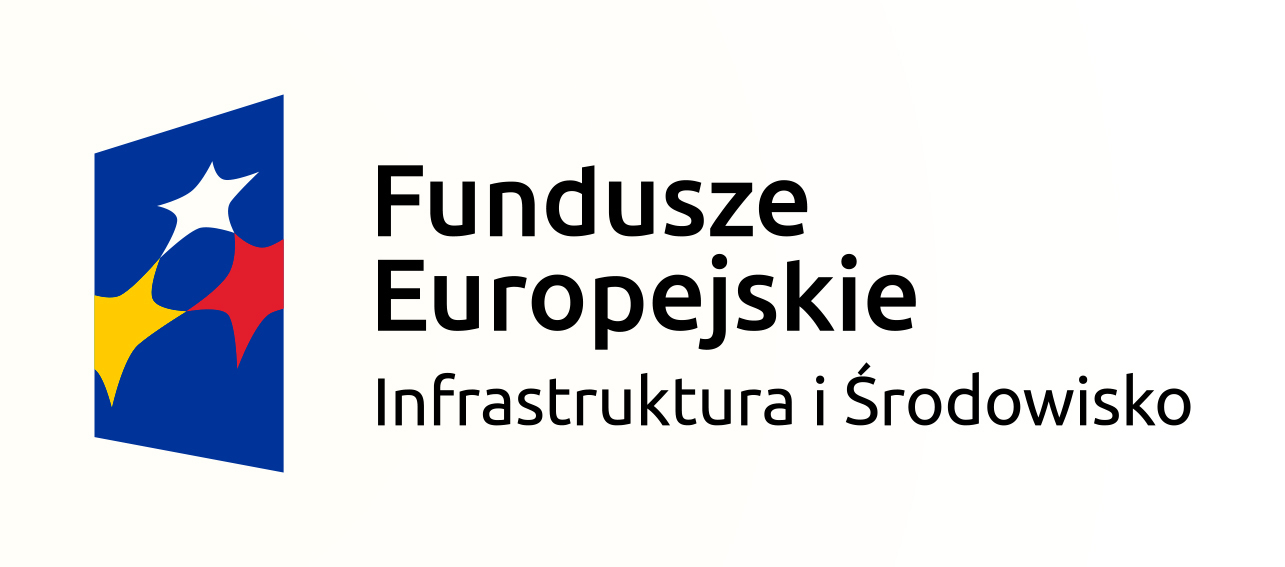SERVICE WELL UNIT FORMING PART OF THE REMEDIATION SYSTEM
The unit of 4 service wells pumping (extracting) Quaternary groundwater polluted by operations of the former “ZACHEM” S.A. Chemical Plant in Bydgoszcz form part of the pump-and-treat technological system. Four wells drilled approximately 25 m deep with a capacity of 30 m3/h (depression cone: 1.2 m) have made it possible for the remediation target to be met. The remediation scheme was designed to limit the spread of contamination originating in the “Zielona” waste landfill complex. The system’s operational wells are pumped at varying capacity adjusted to the current need of removing the contaminant load from water; the target capacity for 4 wells pumping water to the installation is 100 m3/hour.
The pump-and-treat method is safe both when treating contaminated groundwater and preventing its flow into other aquifer levels and strata. The remediation method discussed herein is of the ex situ variety: it has been designed to extract polluted groundwater.
Exactly as the remediation method name suggests, the system is based on a series of service wells designed to pump the main load of chemical substances polluting groundwater and the entire soil-and-aquatic environment. Their primary operational principle involves the drilling of a well down to the groundwater pollutant plume zone, then matching the pump operational rate to the aquifer flow on the one hand, and remediation plant treatment capacity on the other.
Pump-and-treat is a bespoke remediation method used in removing a broad array of groundwater-dissolved contaminants. Pumping and treating is most frequently used only after the groundwater pollution cluster has been treated or removed. The method is also used to capture contaminated groundwater plumes to prevent them from migrating beyond diagnosed zones or towards vulnerable areas (housing estates, villages, rivers, lakes, groundwater resource zones). Under such circumstances, these activities are usually given a priority rescue rating. Pump-and-treat is a proven soil-and-aquatic environment treatment method.
Pumping and treating as an environmental cleansing method may span a period of several to several dozen years. Factors prolonging the pump-and-treat-based environmental cleansing cycle may include the following: (1) high pollution concentration rates or an unremoved contaminant source, (2) considerable groundwater contaminant plume, and (3) slow groundwater flow or complex migrant path pattern.
GRAPHIC DESIGN OF THE REMEDIATION INSTALLATION FOR SOIL-AND-AQUATIC ENVIRONMENT TREATMENT (to a drawing by the AGH University of Science and Technology, 2017)
The sector of service wells included in the remediation project for the impact zone of the “Zielona” industrial waste landfill complex of the former “ZACHEM” S.A. Chemical Plant in Bydgoszcz comprises 4 wells, each well with an average approximate depth of 25 metres, and pump capacity of around 50 m3/h at an approximate depression of 2 metres. In reflecting its definition, the pump-and-treat remediation system consists of i.a. a pumping wells unit. The service well (referred to also as “pumping” or “extraction” well) is a hydrotechnical appliance designed to pump groundwater from porous geological formations. Service wells have been designed and adapted to handle continuous groundwater extraction, i.a. for purposes of the ongoing remediation process.
Along your educational tour, you can learn more about how service well SP2 works; the well forms part of the remediation system operating in the soil-and-aquatic environmental impact zone of the former “ZACHEM” S.A. Chemical Plant in Bydgoszcz.
The table below shows test results for groundwater sampled from well SP2 in 2020. Tests preceded the start of target remediation works, groundwater samples collected and tested according to an accredited procedure after the borehole had been pumped:

Clarification: grade I – blue, grade II – green, grade III – yellow, grade IV – orange, grade V – red.
The pump-and-treat system is continuously monitored, allowing project rates correction, installations potentially expanded to include solutions improving operational effectiveness. The aquifer subjected to treatment is monitored as well. Groundwater samples are collected from boreholes for analysis purposes in order to ascertain that contamination concentration rates are dropping, the polluted groundwater plume prevented from spreading.
The pump-and-treat method is the only technique allowing the treatment and/or monitoring of a broad array of organic and inorganic groundwater contaminants.
Did you know?:
Combined well systems can serve other purposes than remediation projects; they are commonly used in rock mass dewatering, for example in open-pit mining or large-scale surface development. The most common “combined well unit” method involves the development of a system of several to over a dozen wells located just outside the perimeter of the area earmarked for dewatering. The distance between successive wells should be less than the sum of the radii of depression cones generated by these wells. The so-called depression cone interference (overlapping) phenomenon is then used in drainage.
Kids, did you know?:
A depression is an area sunken below sea level. The Dead Sea coast is the world’s lowest-elevation point (413 m below sea level). Depression areas in Poland are considerably less impressive. In the village of Raczki Elbląskie in the Żuławy region, depression has dropped to a mere 1.8 m below sea level. Did you know that when groundwater forcibly drops below its natural elevation level, we refer to such phenomenon as depression as well?
Reference sources:
-
D. Pierri, A. Postawa, M. Czop (2019) – Significance of the pump-and-treat method in remediating the highly contaminated ground and water environment; based on the example of the former “ZACHEM” Chemical Plant (Bydgoszcz, northern Poland).




